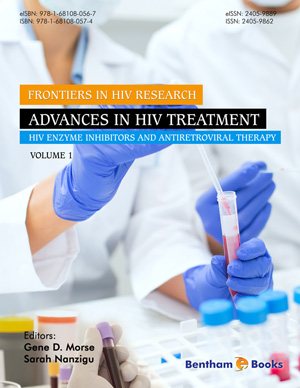Abstract
Antimicrobial administration requires drug therapy to target the site of infection. Traditionally, commercial oral and intravenous agents are the first route of administration for systemic infections. The use of alternative routes of administration is often required to optimize both pharmacokinetic and pharmacodynamic properties of antimicrobials that may not be achieved with oral or intravenous products. Optimizing both pharmacokinetic and pharmacodynamic properties help achieve adequate penetration of the target drug into the site of infection by maintaining antibiotic serum concentration in a time or concentration-dependent manner. The result is the achievement of drug concentrations above the minimum inhibitory concentration of a targeted organism resulting in both clinical and microbiological cure. In addition, pharmaceutically compounded antimicrobials must also be an option to target infections that may not be achieved with commercial antibiotics. A description of the various routes of antimicrobial administration is presented in this chapter including current evidence, guidelines for use and new and novel administrative methods.
Keywords: Aerosol, Bone, Compounded Antimicrobials, Intramuscular, Intraventricular, Minimum Inhibitory Concentration, Ophthalmic, Pharmacodynamics, Pharmacokinetics, Rectal, Routes of Administration, Topical.






















